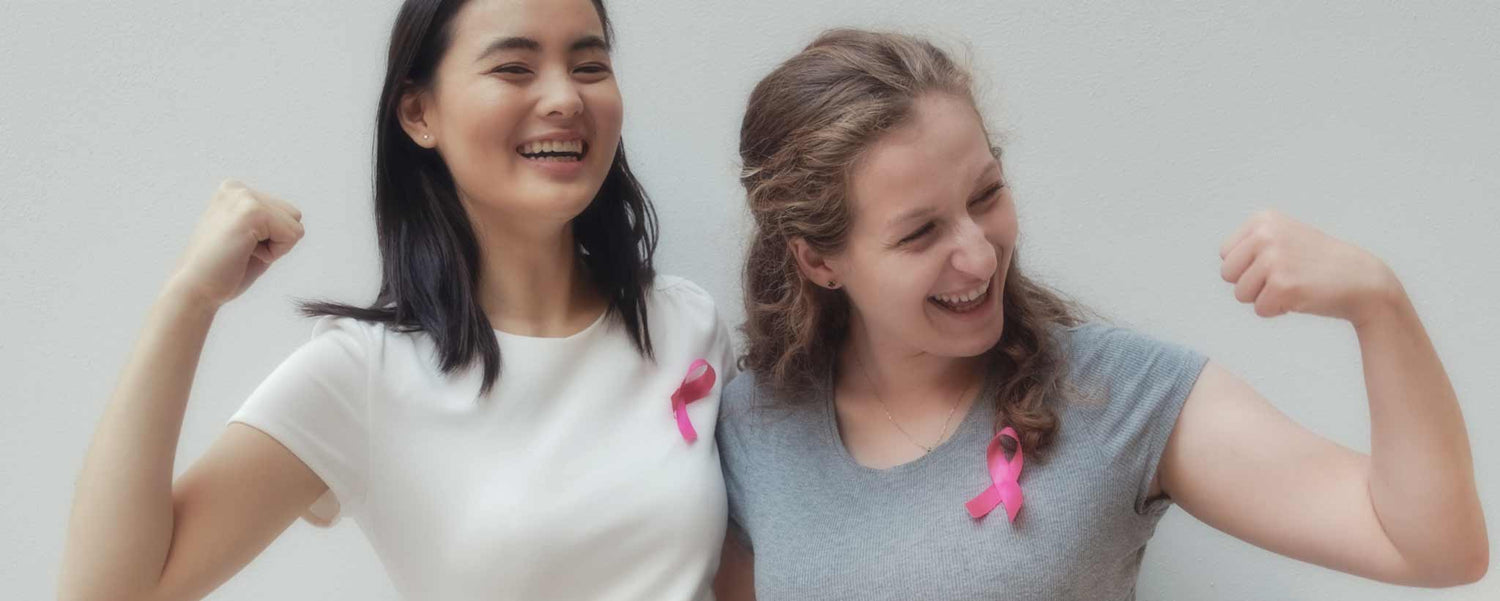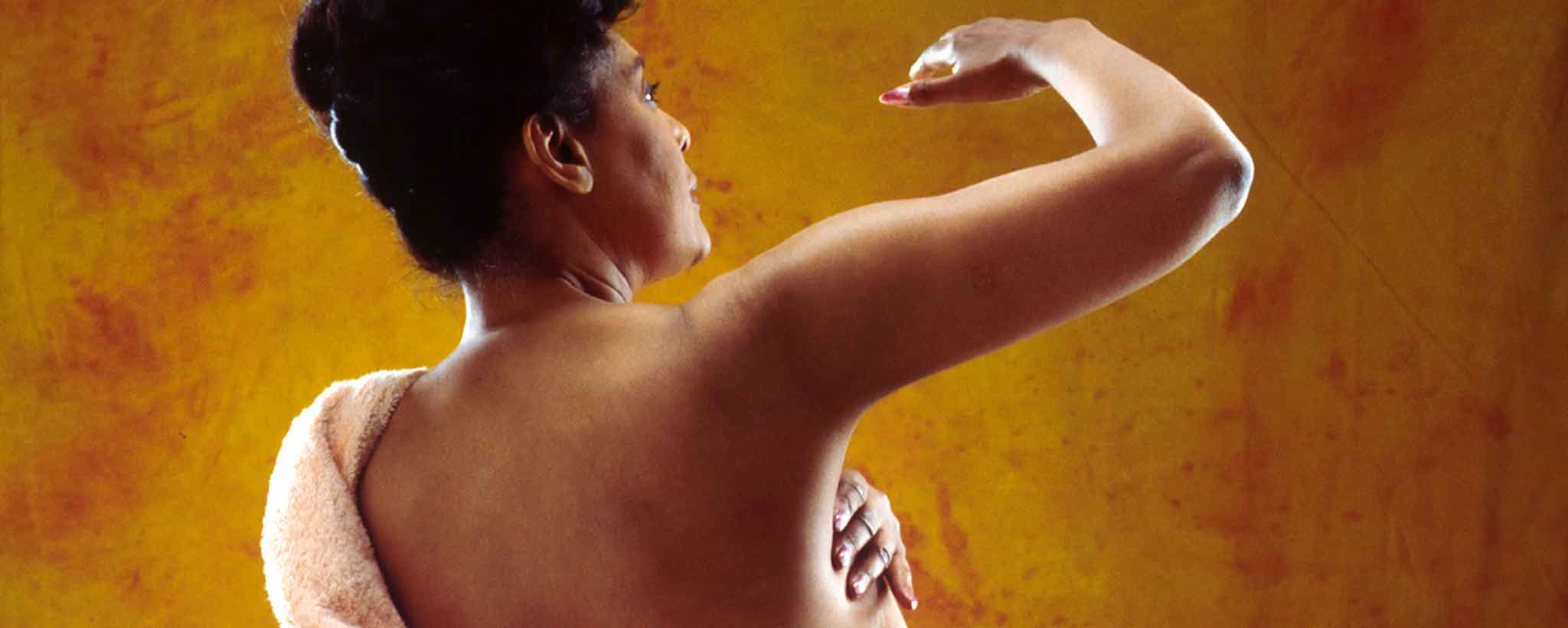Among women, one-quarter as many Chinese women develop breast cancer as North American women. Is this because of breast density, genetics, diet, or other factors?
Obscured View
October is Breast Cancer Awareness Month
In the field of oncology, almost a third of breast cancers are not visible because of dense breast tissue. Radiologists detect breast density during mammography procedures. Mammographic breast density (MBD) is a strong risk factor for breast cancer among Caucasian women in America. [1–3]
In contrast, a study of Asian women in China with dense breasts reveals a quarter less occurrence of cancer. [3] Do genetics, environment, diet, or some other factors account for this phenomenon? Clinical studies provide some answers.
Types of Breast Cancer [4]
- Ductal Carcinoma In Situ (DCIS)
- Invasive Ductal Carcinoma (IDC)
- Lobular Carcinoma In Situ (LCIS)
- Invasive Lobular Carcinoma In Situ (ILC)
- Triple Negative Breast Cancer
- Inflammatory Breast Cancer (IBC)
- Metastatic Breast Cancer
- Medullary Carcinoma (3–5%)
- Tubular Carcinoma (2%)
- Mucinous Carcinoma (1–2%)
- Paget Disease of Breast or Nipple
Of the various types of breast cancer, DCIS is the most common.
Breast Density Characteristics

Breast tissue density decreases during pregnancy and menopause. A study found low MBD among mothers with later age at first full-term birth and those beginning menopause later in life. Postmenopausal women who had breastfed longer than a year early in life and body mass index (BMI)—tall height with more weight—were also contributing factors. [3]
High MBD was reported among those with low weight/
It remains unclear whether age, weight, BMI, and motherhood affect race or ethnicity. [3] Postmenopausal Asian women with very dense breasts have a high risk of breast cancer across multiple studies. [5]
Dense Breast Radiology
Dense breasts do not directly lead to breast cancer, unless there is a family history. This is because density obscures anomalies during imaging. Many types of breast imaging are either in use or undergoing evaluation. It will take time to see if newer ones are as good or better than the ones more popular today. [6–8] Emerging breast imaging technologies include:
- Scintimammography (molecular breast imaging)
- Positron emission mammography (PEM)
- Electrical impedance imaging (EIT)
- Elastography
- New types of optical imaging tests
| Mostly Fat | Scattered Density | Heterogeneously Dense | Extremely Dense |
|---|---|---|---|

Multiple mammography craniocaudal views of the left breast in four different patients. (A) Approximately 10% of the screening population has almost entirely fatty breast tissue, (B) 40% have scattered fibroglandular densities, (C) 40% have heterogeneously dense breasts, and (D) 10% have extremely dense breasts. —Lee C, MD MS, et al.
Diet and Prevention
A series of genetic mutations leads to breast cancer. Even with many treatments for it, current technology cannot guarantee breast cancer prevention. With further study, scientists hope to expand their knowledge of gene therapy as a method to prevent cancer in the future. [8,9]
There is no strong evidence that taking vitamins or other dietary supplements reduces breast cancer risk. A diet low in fat, processed and red meat, and sugary drinks, but high in fruits and vegetables, has many health benefits. It may even reduce the development of cancer cells.
We see lower breast density and breast cancer among female populations with a Mediterranean diet. They eat mostly vegetables, olive oil, and consume very little red meat. [10]
There is an insignificant correlation between women who drink tea and dense breasts. This is interesting since previous studies in China show that tea drinking helps with breast cancer prevention. Hundreds of biologically active compounds, including caffeine, flavonoids, lignans, and other polyphenols, are found in roasted coffee.
These and other coffee compounds can increase energy expenditure, inhibit cellular damage, regulate genes involved in DNA repair, have anti-inflammatory properties and/or inhibit metastasis, among other activities. However, the association with cancer is unclear. Results differ by menopausal state. Regardless of effects, experts recommend the avoidance of caffeine during the week before mammography. [3,10–13]
The radiology field complements oncology. Traditional mammography remains the most prominent test for screening breast cancer. This is because of its prevalence and relatively low cost. As an adjunct, new technologies can guide oncologists to the best treatment options.
Whether you have dense breasts or not, healthy nutrition, alcohol reduction, smoking avoidance, and regular exercise are helpful. [3,14] If you have a family history of cancer or discover that you have dense breasts, you benefit from more frequent radiology screenings.
To support the writing of scholarly articles about women, ClinicalPosters sells human anatomy charts, scientific posters, and other products online. You may sponsor specific articles, become a ClinicalNovellas Member, or remit a small donation.
ClinicalPosters sells human anatomy charts, scientific posters, and other products online to offset expense of the writing useful articles about women. Slide extra posters into DeuPair Frames without removing from the wall.
Show your support by donating, shopping for ClinicalPins, becoming a ClinicalNovellas Member, or leaving an encouraging comment to keep the research going.
To support the writing of useful articles about women, ClinicalPosters sells human anatomy charts, scientific posters, and other products online. You may sponsor specific articles or remit a small donation.
ClinicalPosters sells human anatomy charts, scientific posters, and other products online to offset expense of the writing useful articles about women. Slide extra posters into DeuPair Frames without removing from the wall.
ClinicalPosters sells human anatomy charts, scientific posters, and other products online. You may remit a small donation or become a ClinicalNovellas Member.
You can support the writing of useful articles about women by sponsoring specific articles, becoming a ClinicalNovellas Member, or remitting a small donation. Visible content is optimized for device size.
UPDATED 2025 – This article reflects editorial revisions since its original publication.










